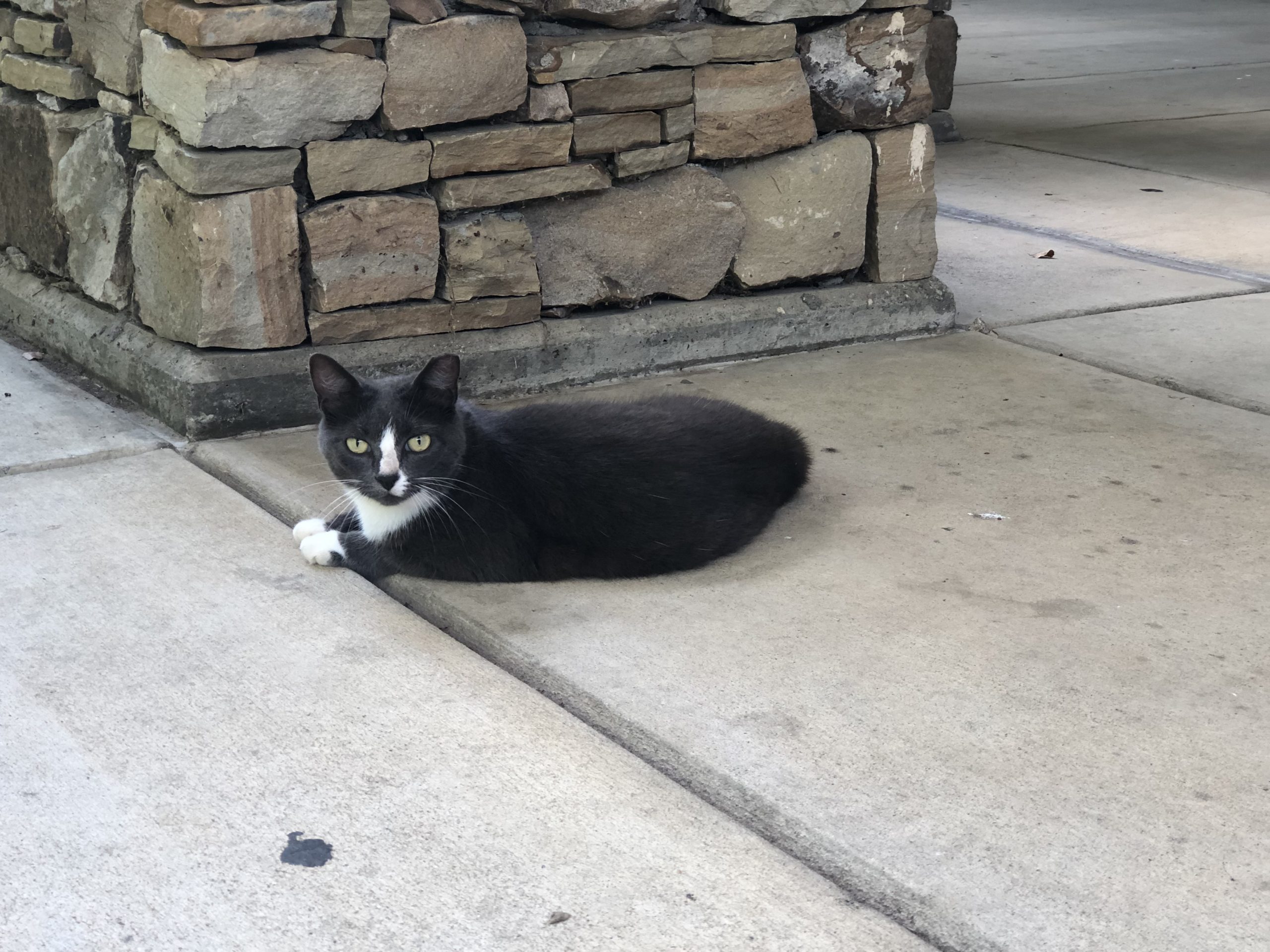After more than six years in the field I’ve come to the conclusion that there is nothing more controversial in companion animal welfare than the problem of unowned cats. These guys are everywhere and from what I can tell there are two distinct, and diametrically opposed, human responses to them.
One camp goes to great lengths to provide clean water, food, and shelter for an adopted colony. If this individual has enough money and access to affordable veterinary care, he or she will have the cats spayed or neutered. If the cats are not altered these compassionate caregivers will find themselves tending an ever-growing herd of felines.
In just one year a pair of adult cats can produce up to three litters of kittens. A typical litter will yield 3 – 5 kittens and these will go on to produce even more. It doesn’t take a mathematician to realize the situation is going to get out of hand very quickly. Pretty soon neighbors will be on the phone to animal control as kitties spill over into their yards.
I love cats but I also understand the plight of unsuspecting neighbors who don’t want cats digging in their gardens or yowling in the middle of the night. For them, these cats are a nuisance, interfering with the quiet enjoyment of their property. They ask for government intervention without getting into the details of what that entails. Unfortunately, the “go to” for local government is trap and kill, and who wants to claim they are a proponent of that?
The Best Friends Animal Society operated a Community Cat Program in Columbus for three years. The City of Columbus was an active partner in saving the lives of over 2,000 cats each year. The program effectively eliminated the euthanasia of healthy or treatable cats. When the grant ended last September Paws Humane Society took over the program thanks to a generous grant from the Petco Foundation and donations from local citizens.
Trap and kill has been used for decades and clearly has not worked. Unowned cat populations have only grown at an exponential rate. When cats are permanently removed new cats come into the colony and the birthrates actually increase to fill the void. It is a natural biological mechanism that thwarts efforts to eliminate a colony.
Current research suggests that spay/neuter of a large enough percentage of the population will stabilize a colony so that, over a period of years, it will eventually die out. Cats are trapped, neutered and returned to their original location. This process is commonly referred to as TNR.
It is a humane solution that works when done right. The Paws Humane Society Community Cat Program is designed according to best practices developed over many years in various locations across the country. We already see it working to reduce unowned cat populations in Columbus neighborhoods.



